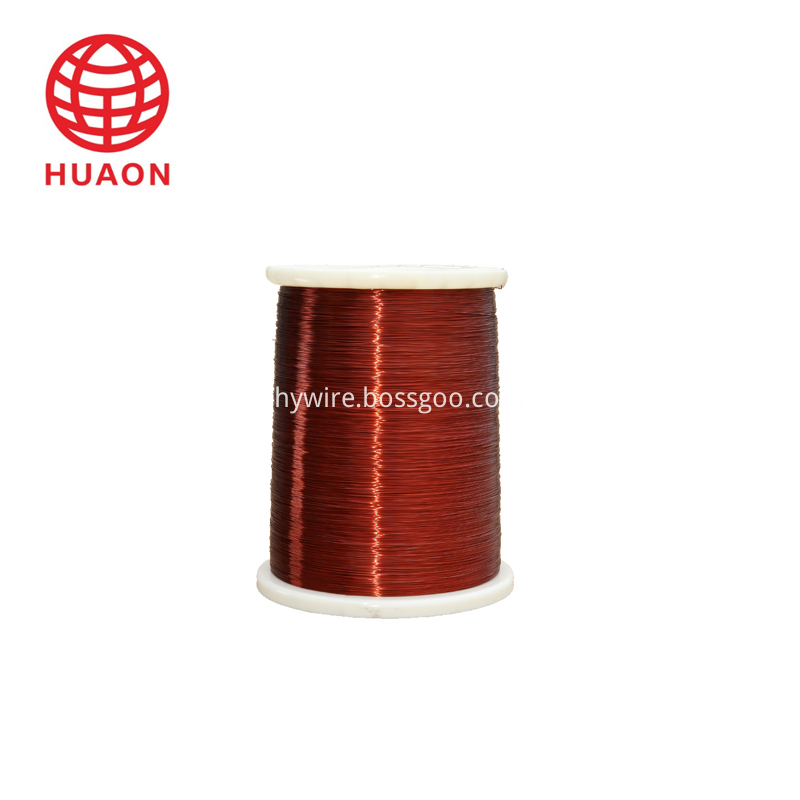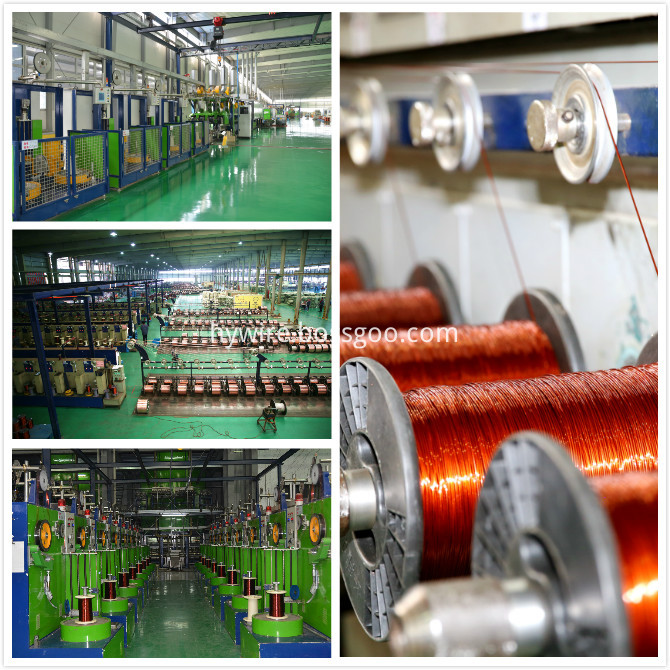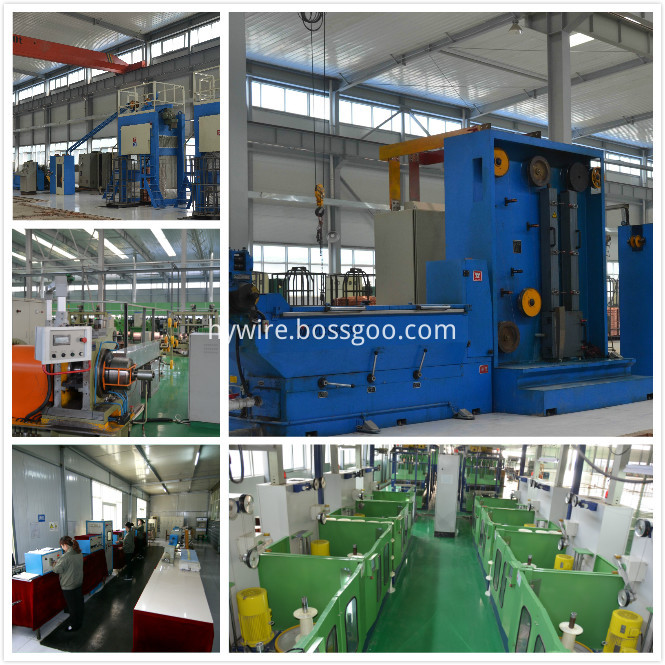In the context of industrial electronics, a critical component like the **Industrial Router Crystal 3.2*2.5mm 3225 26M (26.000MHZ) 12PF 10PPM 20PPM 30PPM** plays a vital role in ensuring stable and reliable system performance. This crystal is commonly used in communication devices, routers, and other industrial equipment where precision and stability are essential. The specifications—such as frequency (26 MHz), capacitance (12 pF), and tolerance (10PPM, 20PPM, 30PPM)—indicate its suitability for high-performance applications requiring consistent signal transmission.
Power supply systems are crucial for maintaining the smooth operation of both economic sectors and daily life. However, these systems are not immune to failures, which can lead to serious disruptions. One of the most common and dangerous issues is **short circuits**, which occur when an unintended electrical path is created between different phases or between a phase and ground. These faults can have severe consequences, including equipment damage, power outages, and even safety hazards.
There are several causes of short circuits:
1. **Equipment failure**: Over time, electrical components may degrade due to aging insulation or manufacturing defects. Poor design, improper installation, or inadequate maintenance can also contribute to such failures.
2. **Natural factors**: Extreme weather conditions, such as heavy winds, ice accumulation on overhead lines, or lightning strikes, can cause physical damage to electrical infrastructure, leading to short circuits.
3. **Human error**: Mistakes during operations, such as incorrect switching or improper grounding, can result in accidental short circuits. Additionally, poor management practices, like allowing animals to come into contact with live equipment, can also trigger such incidents.
In a three-phase electrical system, various types of short circuits can occur:
- **Three-phase short circuit (K(3))**: A symmetrical fault involving all three phases.
- **Two-phase short circuit (K(2))**: An asymmetrical fault between two phases.
- **Single-phase short circuit (K(1))**: A fault between one phase and ground.
- **Two-phase-to-ground short circuit (K(1,1))**: A more complex asymmetrical fault involving two phases and ground.
As shown in Figure 5-1, each type of short circuit has distinct characteristics and impacts. While single-phase short circuits are the most frequent, three-phase short circuits tend to be the most severe due to their higher current levels. Although modern systems often include protective measures that limit the impact of single-phase faults, the consequences of a three-phase short circuit can be catastrophic.
Understanding and analyzing these faults is essential for improving system reliability. The **symmetrical component method** is widely used to simplify the analysis of asymmetric short circuits by breaking them down into symmetrical components. This approach makes it easier to calculate and predict fault behavior, ultimately leading to better protection strategies and system design.
In conclusion, while short circuits are a common challenge in electrical systems, proper design, maintenance, and understanding of fault types can significantly reduce their occurrence and impact. The study of three-phase short circuits remains a fundamental aspect of power system analysis, as it serves as the basis for evaluating and mitigating more complex fault scenarios.
Enameled Copper Wire
|
About Enameled Copper Wire
|
Henan HuaYang Copper Group
Co.,Ltd specialized in
producing enameled copper wire for 25 years ,Products including PEW
enameled copper wire, EIW Enameled Copper Wire, EI/AIW enameled
copper wire, EIW/A Enameled Copper Wire,and Enameled and glass-fiber
copper wire.
According to the characteristics of motor,
transformer, automotive electrical and high-speed winding machine, we have
advantages in resilience, breakdown voltages and have imported machine to
protect the quality of Enameled copper wire.
After 25 years of efforts, we have good reputation
from foreign and domestic.

|
Name
|
Enameled
Copper Wire
|
|
Conductor
|
Copper
|
|
Dimension
|
Diameter(mm):
0.15 ~ 3.0
|
|
Thermal
Class(℃)
|
130(Class
B); 155(Class F); 180(Class H); 200(Class C); 220(Class C+);
|
|
Standard
|
IEC;
|
|
Packing
|
PT4
– PT200 or ply-wood spool
|
|
Application
|
Transformer;
motor; generator; modern instrument; welding machine and so on
|
For quality of Enameled Copper Wire, we have
imported machine and R&D. we checked every spools of products after finishing
the products.


'Quality and efficiency' is our principle.
Enameled Copper Wire,Enameled Magnetic Copper Wire,Rewding Enameled Copper Wire,Winding Enameled Copper Wire
HENAN HUAYANG ELECTRICAL TECHNOLOGY GROUP CO.,LTD , https://www.huaonwire.com



